
Exhibition7 Dec 2018 – 19 Jan 2019
Analogue art in a digital world
How do artists find new content in digital media? How has technology altered the nature of analogue art practices? Analogue art in…
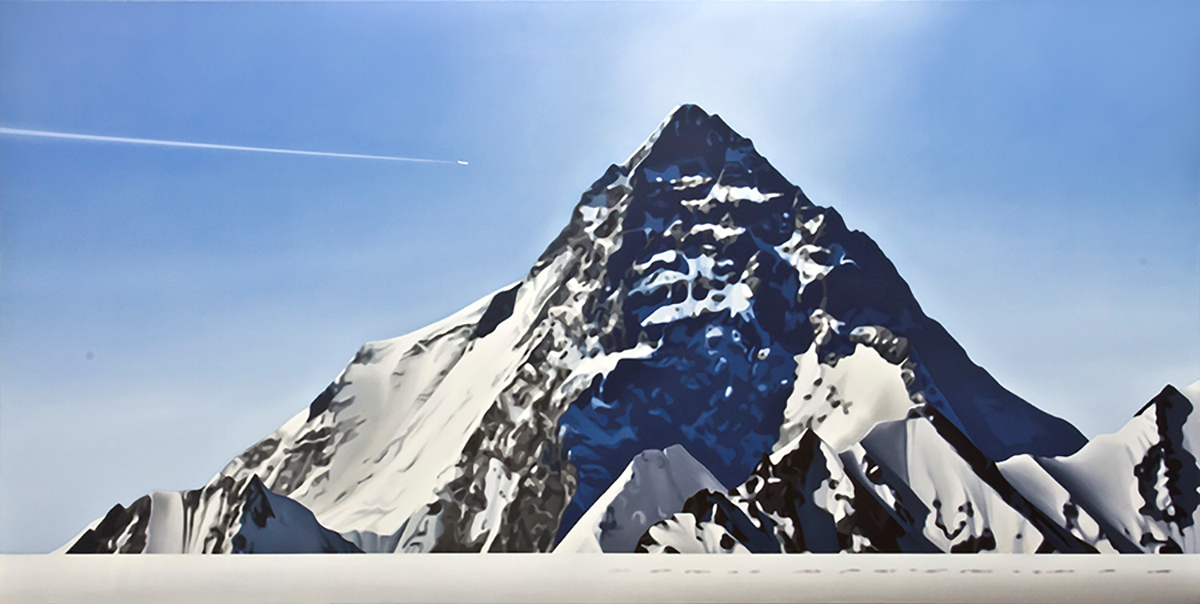
The digital accent acquired by painting, that most traditional of ‘analogue art’ mediums, is the focus of a major new exhibition opening at RMIT Gallery on December 7.
Curated by accomplished painters Sam Leach and Tony Lloyd, both RMIT Alumni, Analogue Art in a Digital World (7 December – 19 January 2019) showcases works by 20 Australian artists to reveal how digital aesthetics are creeping into contemporary painting as well as artworks such as drawing, tapestry and knitting.
Tony Lloyd gained his Masters degree in painting at RMIT University in 2001. He has shown widely in Australia, and internationally. He has also curated several exhibitions including Insight Radical, a Science/Art collaboration at the Science Exchange in Adelaide, and the biennial event Notfair which he co-founded with Sam Leach and Ashley Crawford.
Here Tony Lloyd shares his use of digital technogy in his art practice.
For me it is all about discovery and research, I usually find something that excites me and then I go down the rabbit hole of finding out everything I can about it.
Two years ago, I bought two anonymous 19th Century oil paintings from a flea market. They are views of Lake Lucerne with snow-capped mountains in the distance.
These paintings led me to research Swiss landscape painting, which led me to research the Alps which led me to make 2 trips to Switzerland to hike in the mountains where I took thousands of photographs that I am now creating paintings from.
That art is a conversation which includes art history, contemporary art, cultural ideas, artists and audience. To be an artist is to engage with that conversation. Most of what I learnt at art school was from conversations with my fellow students and from watching what they did.
Hercules Seghers, an early 17th Century Dutch painter who painted vast unpopulated landscapes. They have tiny acknowledgments of human activity in them such as a distant church spire or windmill, but they have an eeriness to them, a sort of pastoral apocalyptic feel. Later collectors of his work paid artists to paint figures into them to make them look less desolate.
Landscape painting at that time was largely confined to the background of portraits or religious scenes so his works must have looked strange. It seems to me that he had a humble sense of the scale of human importance in the world and, in a period of religious tumult, a secular appreciation of the sense of the numinous in landscape.
The digital environment which includes camera/computer/internet has made the most difference to my work. I from photographs and take thousands of shots in the hope that there may be one or two that really capture what I am looking for, then I manipulate the images using editing software to plan my paintings.
If I can’t photograph something I want, I find one on the internet. I photograph my paintings and share them on the internet. I can’t think of the camera and computer as separate devices, because they are meaningless without each other.
I’m currently artist in residence at the Hawthorn Arts Centre. My studio is in the old, caretaker’s apartment on the roof of a grand 19th Century building. I have spectacular views that I can look out on, but I keep them covered up most of the time. I prefer to work with artificial light because it is even and consistent throughout the day. In the afternoon the light through my windows is blinding so I forego the views to get work done. I paint from a screen next my easel. I work 9ish to 7ish every day with a short break for lunch.
Image: Tony Lloyd’s studio, photo courtesy of the artist.
Story by Evelyn Tsitas
Read more insights with artists from the exhibition: Analogue Art Exhibition Kit

Exhibition7 Dec 2018 – 19 Jan 2019
How do artists find new content in digital media? How has technology altered the nature of analogue art practices? Analogue art in…
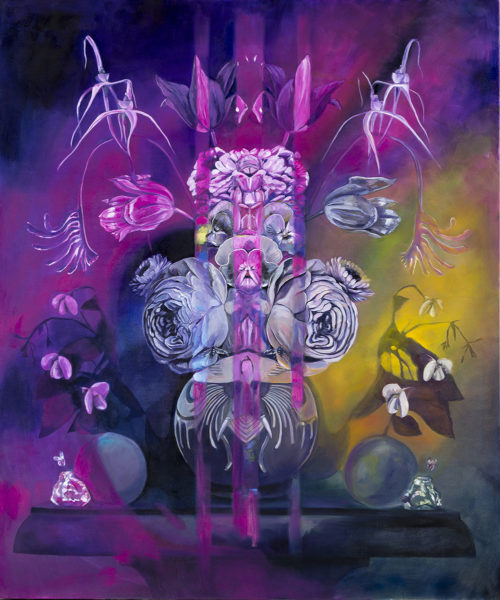
Painting, that most traditional of ‘analogue art’ mediums, has acquired a digital accent. This is the focus of a major new exhibition…
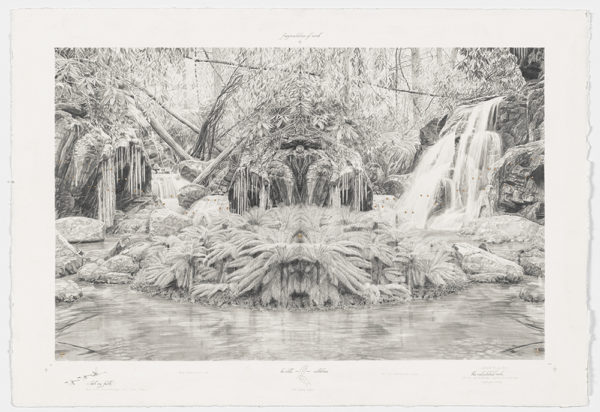
Click to listen Curator Talk: Analogue Art in a Digital World What is the future of painting in the post-digital age? Post-digital age artworks…
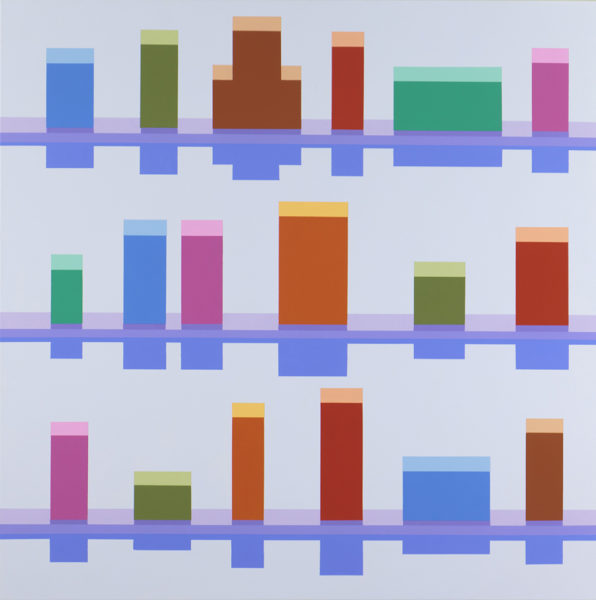
Click here to listen and make art in a post digital age. We live in a time suffused by the digital in…
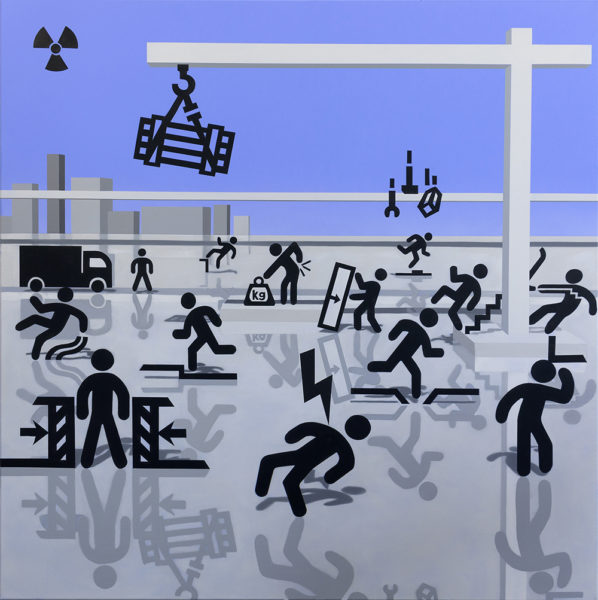
Click to listen and find new content in digital media. The analogue artist in the age of digital reproduction has new tools…
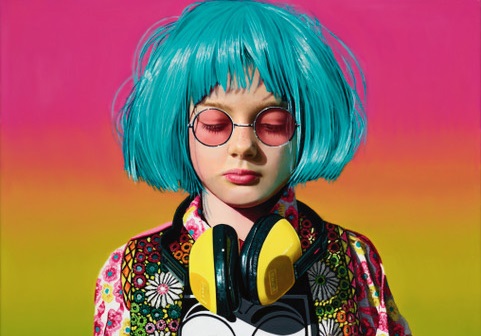
The exhibition will explore how artists are finding new content in digital media and how technology has altered the nature of analogue art…

News27 Nov 2018
The Analogue Art in a Digital World (7th December – 19th January 2019) exhibition resource kit is now available. The material in this…
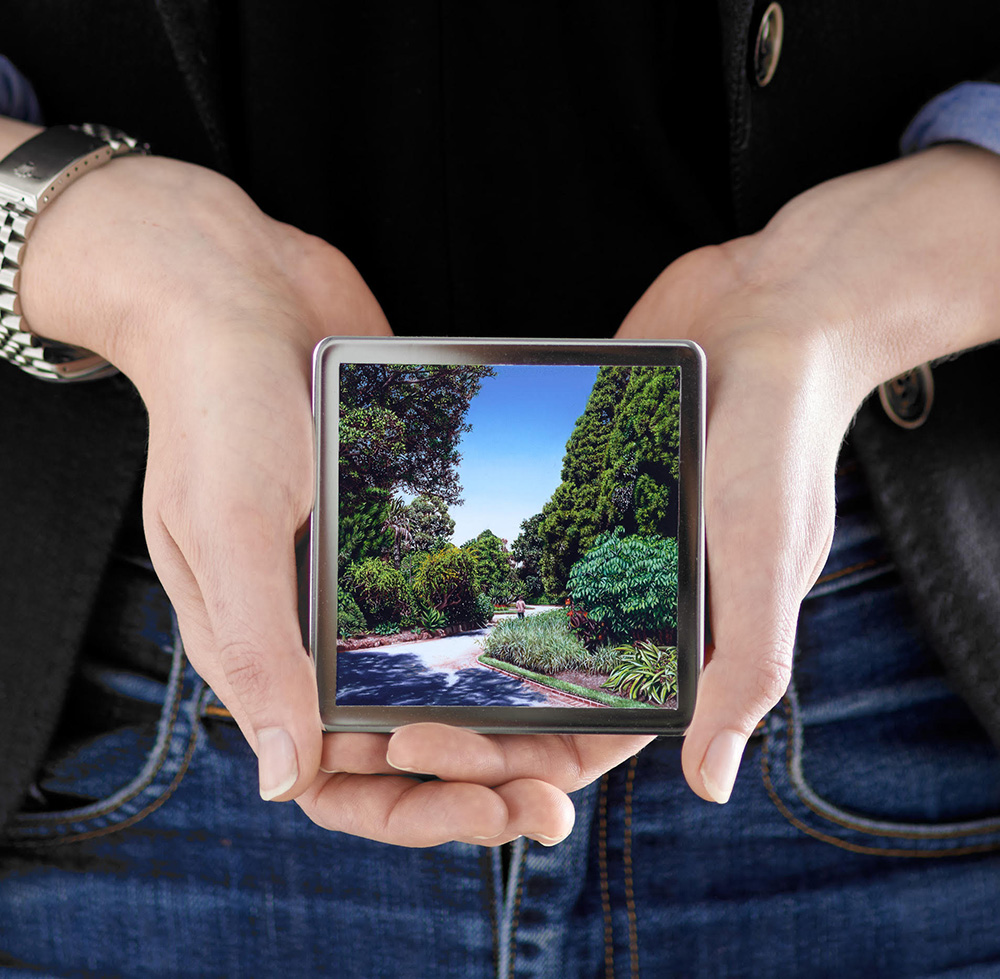
News6 Dec 2018
Painting, that most traditional of ‘analogue art’ mediums, has acquired a digital accent. This is the focus of a major new exhibition opening…
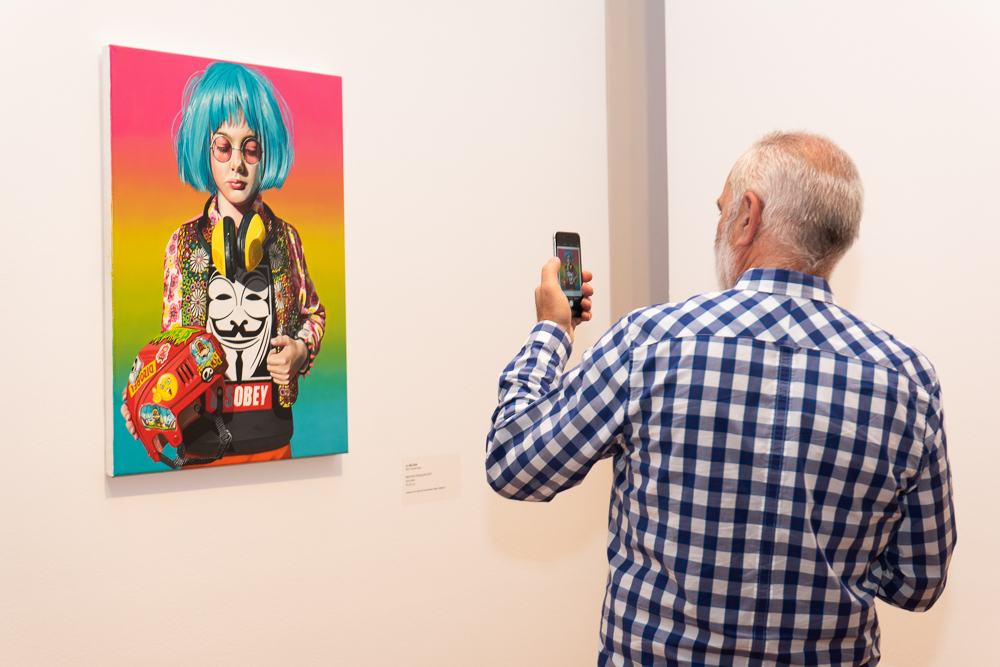
News21 Dec 2018
The staff at RMIT Gallery would like to extend a happy holiday season to everyone and to thank you for your…
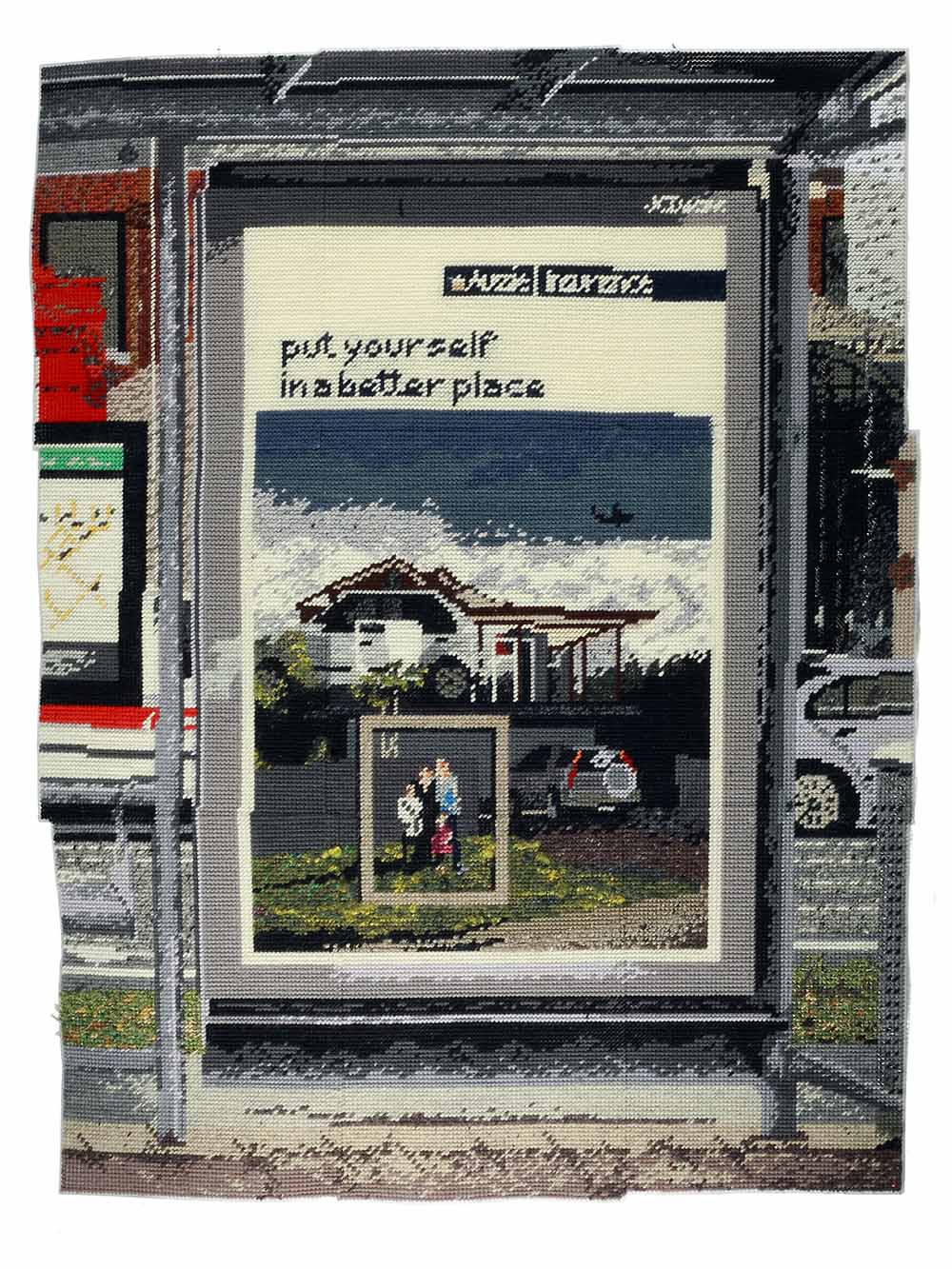
Event6 Dec 2018
You are invited to RMIT Gallery’s new exhibition Analogue Art in a Digital World on Thursday 6 December from 6-8pm to be opened by: Louise Tegart,…
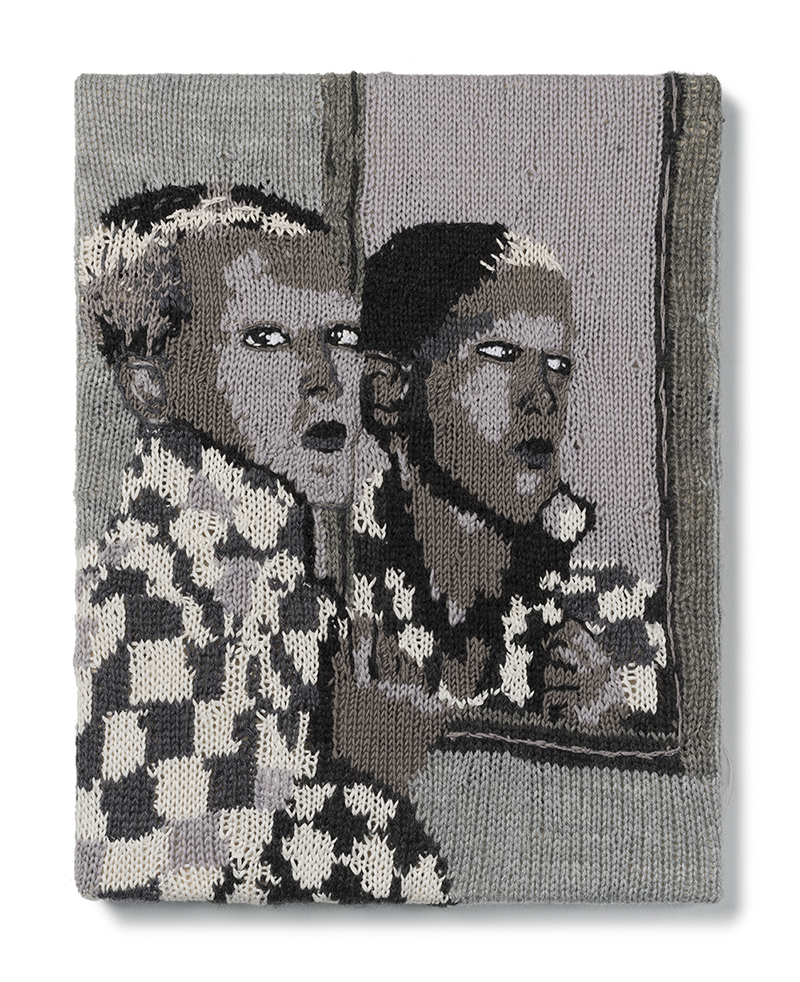
Event13 Dec 2018
How do artists find new content in digital media? How has technology altered the nature of analogue art practices? As part of…
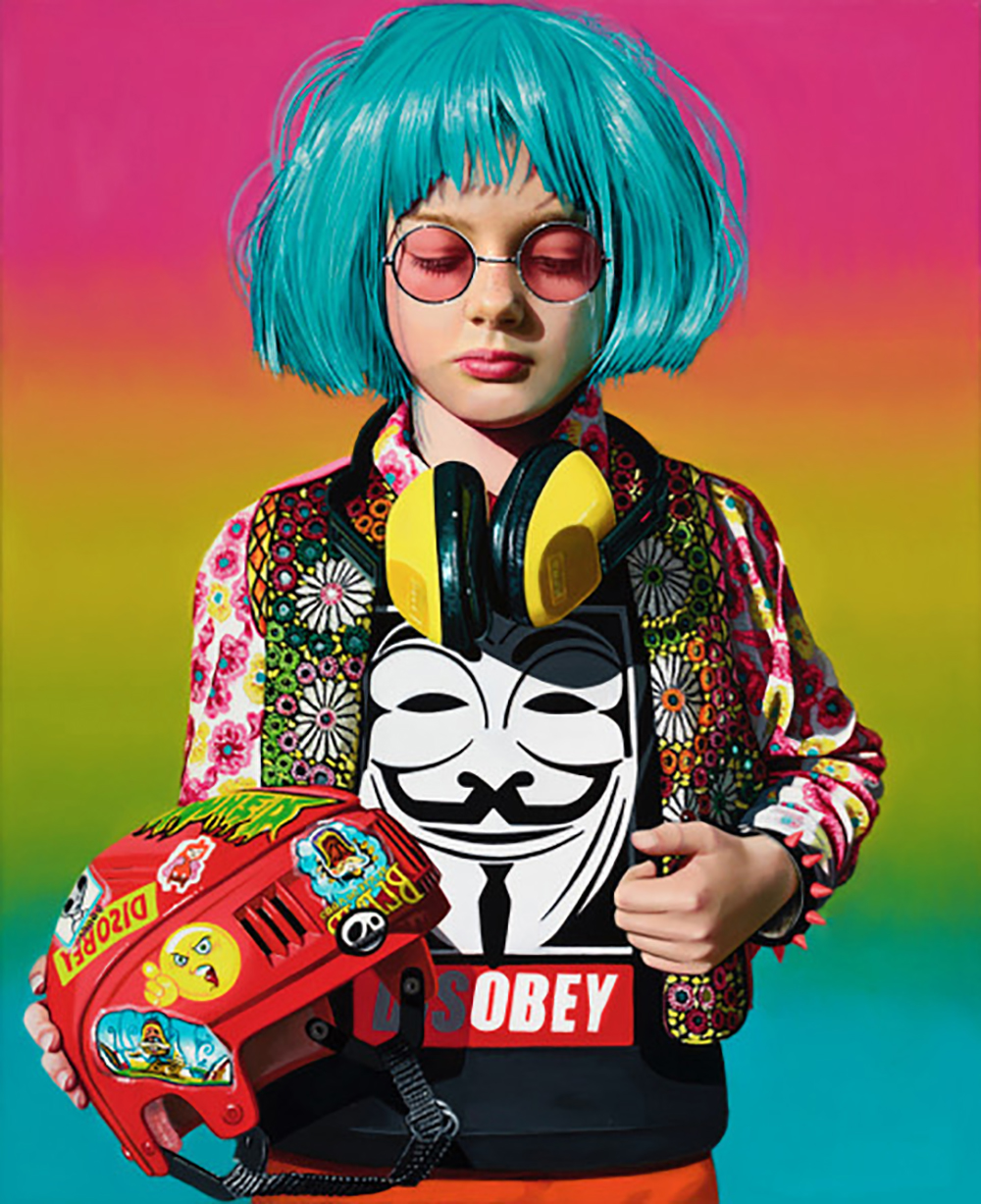
Event17 Jan 2019
Has analogue art acquired a digital accent? The analogue artist in the age of digital reproduction has new tools and resources to…

Event7 Dec 2018
The input of digital technology into analogue art has produced a noticeable effect The practices of painting and drawing have been enriched…